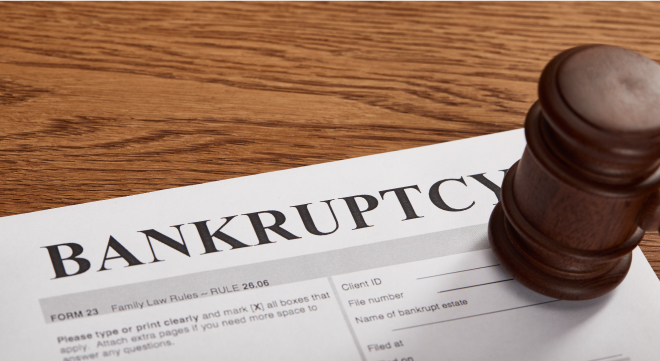Technically insolvent Sasria will “soon” announce premium increases for commercial clients as part of measures to restore the state-owned entity to financial health, Sasria managing director Cedric Masondo told Parliament’s Select Committee on Finance on 7 September.
In her presentation to the committee, Sasria’s financial director, Bajabulile Mthiyane, painted a bleak picture of the extent to which the riots and looting in KwaZulu-Natal and Gauteng in July have knocked the once-profitable state-owned insurer.
Sasria forecasts it will have assets under management of R10.3 billion in the financial year to March 2022, whereas it is expecting claims of R25bn.
“We are currently in a state of being insolvent, because our liabilities far exceed our assets,” Mthiyane said.
However, she said that National Treasury has undertaken to provide a cash injection of R3.9bn, and “plans were in place” to ensure this injection came through between November and January.
In the financial year to July, Sasria had total assets of R17.1bn (financial year to March 2021: R10.5bn) and total liabilities of R10.5bn (R1.6bn). But Mthiyane pointed out that at the time these figures had been prepared, Sasria had just started to receive riot-related claims – only at R8bn at stage. She said the total assets factored in payments from reinsurers of almost R7bn.
Mthiyane said Sasria recorded a net underwriting loss of R1.868bn in the financial year to July – “solely because of the July riots” – and net loss before tax of R1.731bn. In the year to March 2021, Sasria recorded an underwriting profit of R1.248bn, and a net profit of R2.041bn.
Mthiyane said Sasria forecast it would receive gross written premiums of R3.4bn (R2.7bn in 2021) in the year to March. This forecast was based on the uptake of Sasria products as a result of the riots and premium increases – although the increases would not have a significant impact in the 2022 financial year.
Masondo said the premium increases would apply to businesses only, not SMEs or personal lines. He said the increases, which would require approval from the Prudential Authority, would be introduced over the next two to three years. Sasria “hoped” it would be able to implement the first increase in January.
Sasria would also “review” the rates it pays reinsurers, he said.
Masondo said although the R3.9bn injection from Treasury would help to Sasria to rebuild its balance sheet, a “significant gap” would remain, and Sasria was in discussion with Treasury about a further injection “to ensure we remain within our prudential requirements”.
He told the committee that 98% of riot-related claims have been reported to Sasria, amounting to R20bn, but the final figure would almost certainly be R25bn. Loss adjusters have been appointed on virtually all claims.
He said Sasria has, to date, paid out claims of R2.8bn. Claims below R1 million were being settled by insurance companies.
He said Sasria aimed to settle 80% claims below R20m by October, to settle 80% of claims below R60m within six months, and to have settled all claims within 24 months.
Masondo said although Sasria had modelled its business on the possibility of riots occurring around the country, Sasria had not been prepared for the extent of the riot-related damage.
He said the riots had exposed how many small businesses in South Africa were uninsured and have had to rely on government grants. He said Sasria had to find a way to reach those businesses with “our very affordable product”.




Some years ago Government took money out of the SASRIA fund and wasted it on who knows what.Their reasoning was that it was their money as they guaranteed the fund and could do whatever they wanted with the funds.
If they still had those funds they wouldn’t need to increase their premiums.
Can we have comment on this?
Some years ago Government took money out of the SASRIA fund and wasted it on who knows what.Their reasoning was that it was their money as they guaranteed the fund and could do whatever they wanted with the funds.
If they still had those funds they wouldn’t need to increase their premiums.
Can we have comment on this?